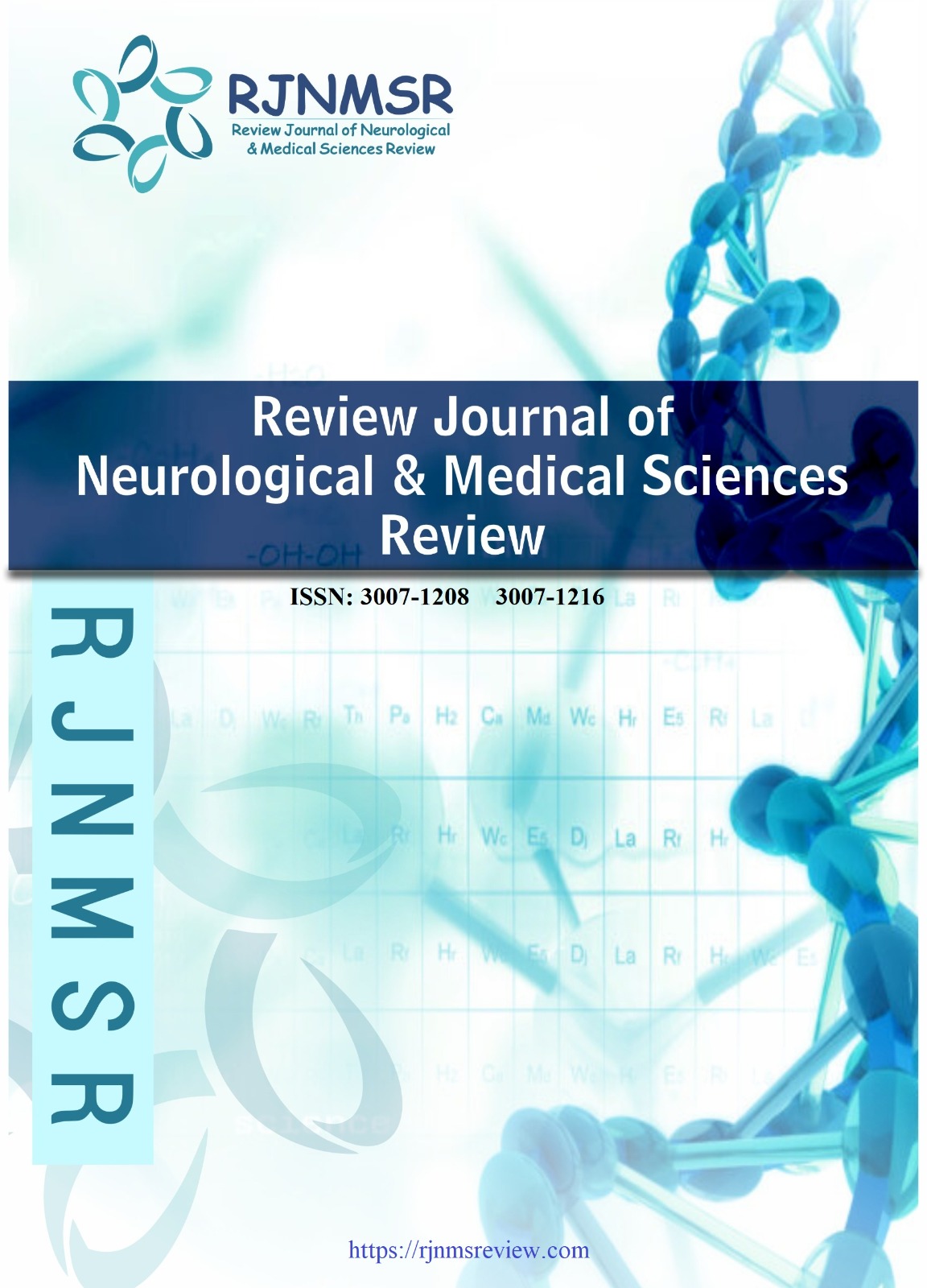EFFICACY OF USG AND CT IN DIFFERENTIATING PLEURAL EFFUSION TRANSUDATE FROM EXUDATE
DOI:
https://doi.org/10.63075/n3cv4j80Keywords:
EFFICACY OF USG AND CT, DIFFERENTIATING PLEURAL, EFFUSION TRANSUDATE FROM EXUDATEAbstract
Introduction: Pleural Effusion is a Pathology affecting more than 1 million per annum in U.S. Its treatment poses therapeutic and diagnostic challenges. From decades its diagnosis is done by Lab investigations involving invasive aspirations also and by imaging modalities offering a non-invasive diagnostic toll. For detection and management of pleural effusions computed tomography (CT) and ultrasonography (USG) are thought as crucial tools among diagnostic modalities . Objective: This study investigates the comparative proficiency of USG and cyphered tomography in distinguishing transudative and exudative PE in clinical practice, addressing the critical need for accurate non-invasive diagnostic methods in pleural disease management. Methods: In this retrospective cross-sectional study, data from 79 patients with PE who attended government hospitals were analysed. The ratio of males and females in a study population was 57:43, and 88.6 percent of study participants were above 40 years old. USG and CT were conducted in all the participants, and imaging results were categorized by known standards of transudate and exudate stratification. Imaging characteristics, underpinning diagnoses, and clinical presentations were evaluated systematically. Analyzed with SPSS, the statistical measure applied in observing the relationships in the middle of diagnostic modalities was the chi-square test of independence. Results: The research revealed substantial discordance in the middle of USG and CT findings. Clinical presentations included cough (62.0%), chest pain (59.5%), and shortness of breath after exercise (67.1%). Underlying diagnoses comprised hemothorax (43.0%), pneumonia (29.1%), tuberculosis (16.5%), and empyema (11.4%). CT scan classified 57.0% of cases as transudative and 43.0% as exudative, while USG classified 63.3% as transudative and 36.7% as exudative. A statistically momentous association was found amongst the two diagnostic methods (χ²(1, N=79)=34.620, p<.001), though overall diagnostic concordance was only 20.3%. Conclusion: While both USG and CT demonstrate statistical association in PE classification, substantial inter-modality disagreement was observed. The findings highlight the complexity of non-invasive pleural fluid characterization and underscore the continued importance of biochemical analysis using Light's criteria as the definitive gold standard for transudate-exudate differentiation.Downloads
Published
2025-07-10
Issue
Section
Articles
How to Cite
EFFICACY OF USG AND CT IN DIFFERENTIATING PLEURAL EFFUSION TRANSUDATE FROM EXUDATE. (2025). Review Journal of Neurological & Medical Sciences Review, 3(3), 108-116. https://doi.org/10.63075/n3cv4j80

